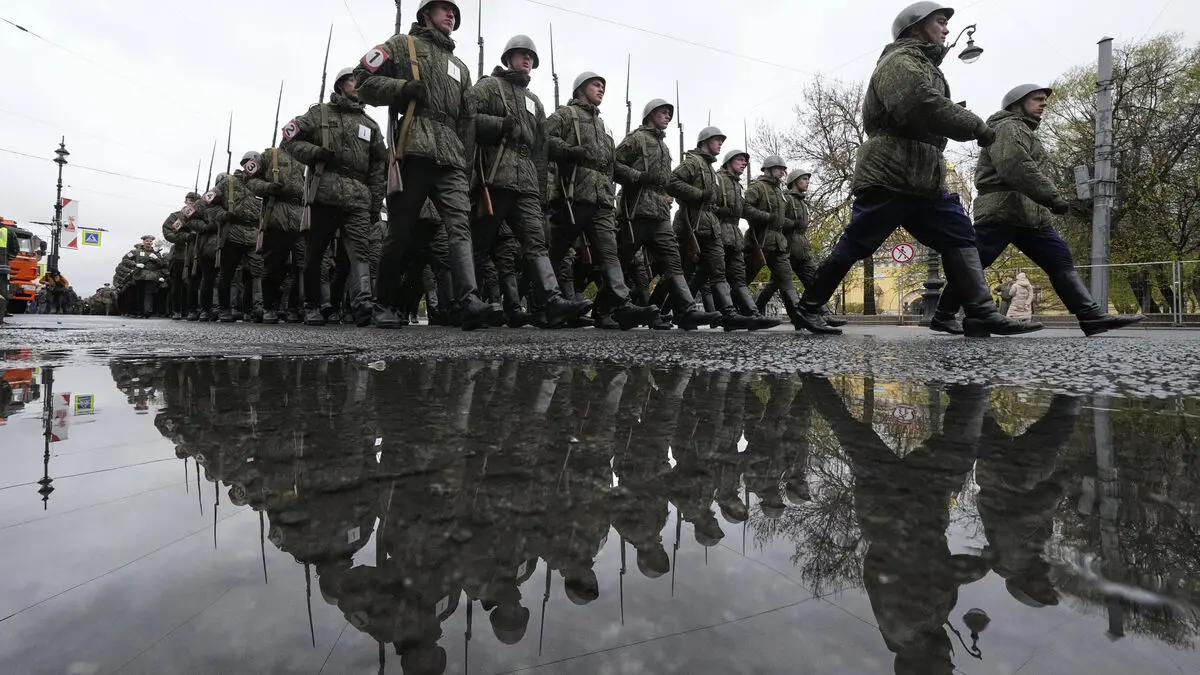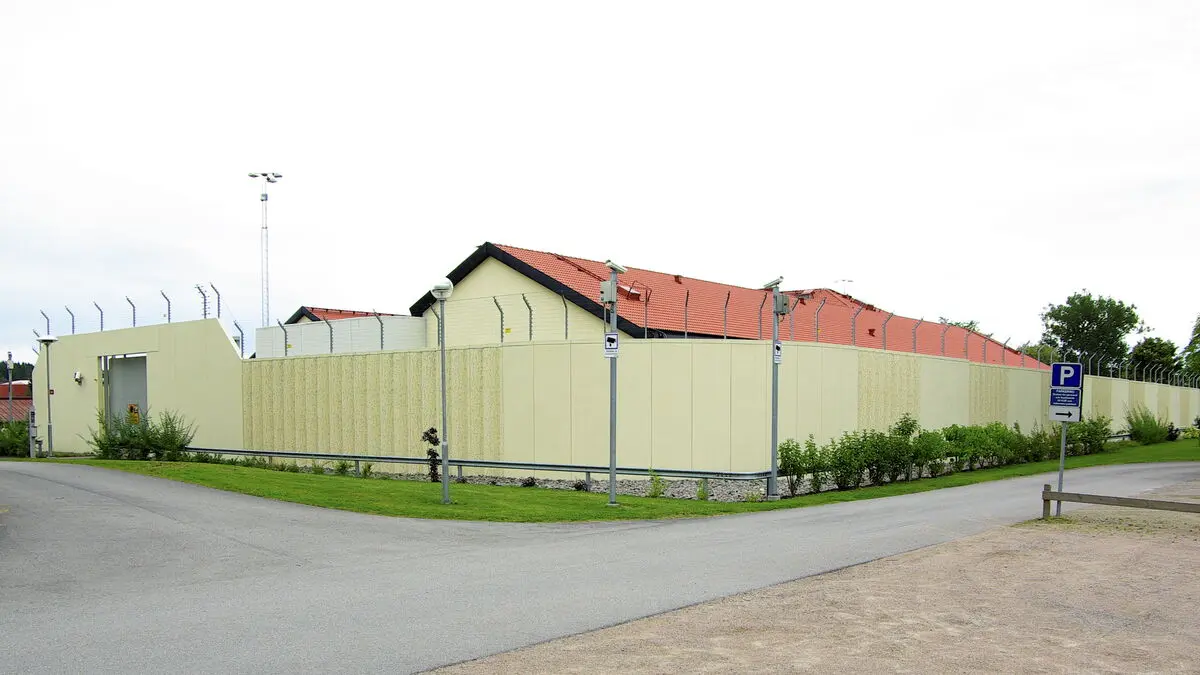The Swedish Statistics Office (SCB) has released statistics showing that Sweden's economy is stagnant and the economic situation is very weak.
Economic activity in June 2024 is at the same level as the corresponding period in 2022. The SCB's economic indicator shows that Sweden is slipping further into a low-growth economy.
The SCB has something called the "economic clock" with 12 measurement points, and currently, 10 of these points are lower in June compared to the long-term trend.
The inflation rate according to the Consumer Price Index (CPI) is 2.6% in July 2024, which is the same as in June. According to Mikael Nordin, a price statistician at the SCB, it is mainly increased housing costs that have affected inflation.
What does a low-growth economy mean?
Demand for goods and services decreases. Companies may lay off employees and invest less due to lower revenues. This, in turn, affects households, as unemployment may increase. It becomes a negative chain reaction.
How long does a low-growth economy last?
It's difficult to say, as much is controlled by the government's economic policy and the global economy. For example, the 1990s crisis in Sweden lasted for several years, while the low-growth economy due to the pandemic lasted for a short time.
What does lower inflation mean?
It means that the price increase of products slows down, and it becomes cheaper for households to consume products. It simply becomes cheaper for you to buy goods, for example, in your grocery store.
Tips during a low-growth economy
- Review your personal finances and save where possible
- Continue to save on your account, reduce expenses
- Consume thoughtfully
- Plan for the worst-case scenario and create a buffer
Sources: European Central Bank, SCB, Handelsbanken





